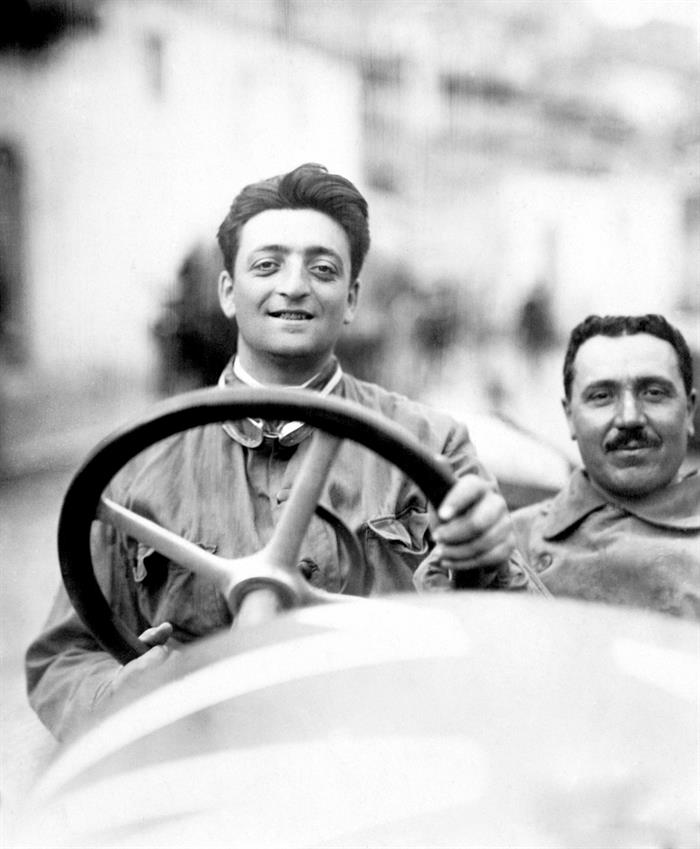London, November 14 (EFE) .- Ferrari is "a case study in the history of design" and as such is analyzed by the London Design Museum, which pays tribute to the car brand in its 70th anniversary with a sample full of sketches, engines and their most iconic cars.
This is how one of the curators of the exhibition "Ferrari: Under the Skin", Gemma Curtin, summed up the new bet of the museum, that from this Wednesday until mid-April will offer visitors a trip through the bowels of the firm.
"We want to show Ferrari as a case of study in design. Curtin.
The exhibition, presented today to the media, is exposed throughout six halls, which include a dozen road and competition vehicles, plus of some bodies and chassis of the twentieth century.
It is a chronological journey that takes visitors to the history of Ferrari, which does not start at its own birth, but at the impetus of its creator, Enzo Ferrari, for creating its own brand of cars.
"We want to open Ferrari to review its seventy years of history starting with the man, Enzo Ferrari, and what It was special, in addition to what were its qualities to achieve such a successful company, "explained Curtin.
At the beginning of the journey a compilation of relics of the founder, when the brand was not yet known, such as letters and personal notes, technical books on mathematics and mechanics, legal certificates, correspondence and even watches.
part is preceded by a room that houses a replica of the first Ferrari car, the 125 S, built in 1947, which already had a 12-cylinder engine despite being a car small.
After knowing the personal history of the creator of the Italian firm, the visitor goes into the largest room in the exhibition, where he delves into the design of the vehicles: from its expression on paper - later on the screen -, to the construction of the chassis and the body.
In this kind of engine room, the system of design that the brand has used to create its models in real scale, represented by a car in the center of the room, half wood half metal.
"The brand still uses the system of Modeling in mud, with hand-crafted work along with engineering and digital tests to shape the vehicle ", explained the curator regarding the design process.
Appealing to the idea of excellence that Ferrari has always sought, the exhibition contains several pieces of different engines, built with maximum precision to give the best performance to the vehicle and fit into its architecture.
In addition, it is also known how the brand deals with aerodynamics with the exhibition of diagrams showing how the wind flows and with what force it does it on the different parts of the vehicles, something that Ferrari included as an integral part of the design in the 60s.
Once the complete process of construction of the vehicle has been internalized, the visitor can see cars as the first Ferrari that won the popular Le Mans race, at the hands of Luigi Chinetti.
Also the 250 GT Cabriolet (1957), the car that belonged to the pilot British Peter Collins, and used as a personal vehicle.
Regarding the criteria of the selection, Curtin said that the purpose of this collection was to choose "pure cars that had a great pedigree ", so that the exposed vehicles have a racing history or belonged to someone they know.
In fact, the exhibition brings together road cars, all produced when Enzo Ferrari was alive, and others of competition, the most recent being the replica of the Formula 1 with which Michael Schumacher won the World Championship in 2000.
The exhibition ends with the LaFerrari Aperta, the company's most recent car, which has a hybrid engine that incorporates the KERS technology of Formula 1 to give it more power.
The tribute to the brand, which sells about 8,000 cars a year, has been organized with the collaboration of the Ferrari museum in Maranello, Italy.


Comments 0